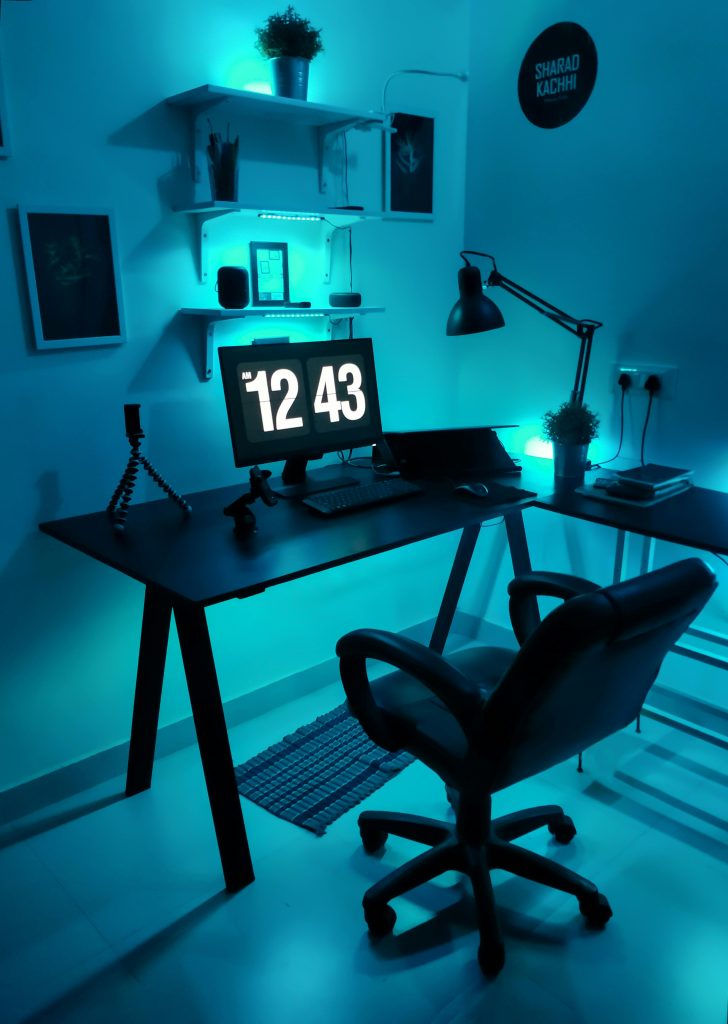Understanding FPS Performance Discrepancies: When a Higher-End PC Doesn’t Translate to Better Gaming Frames
In the ever-evolving landscape of gaming hardware, enthusiasts frequently strive for the best possible performance. However, even with seemingly superior specifications, gamers can sometimes encounter perplexing issues—such as experiencing lower frames per second (FPS) despite having a more powerful PC. This phenomenon can be confusing and frustrating, especially when comparing setups with similar or better hardware specs.
A Personal Anecdote: FPS Disparity Despite Hardware Differences
Consider a recent real-world example: a gamer upgraded their PC roughly three weeks ago. Soon after, their partner also purchased a new gaming machine. Surprisingly, the partner’s PC—which, on paper, features slightly lower-tier components—delivers higher FPS in the popular tactical shooter Valorant during identical gameplay sessions.
In a shared gaming session—testing on the same map and route—the partner consistently achieved FPS in the range of 480 to 700, while the upgraded PC only managed approximately 340 to 520 FPS. This raises the question: Why does the seemingly inferior setup perform better?
Comparing Hardware Configurations
Let’s examine the specs of both systems:
Your PC:
– CPU: Intel Core i5-14600KF
– GPU: NVIDIA RTX 5060 Ti 16GB
– RAM: DDR5 6000MHz CL30 (XMP enabled)
– OS: Windows 10
Partner’s PC:
– CPU: AMD Ryzen 7 5800X
– GPU: NVIDIA RTX 3060 OC 12GB
– RAM: DDR4 3200MHz CL16 (XMP enabled)
– OS: Windows 11
From a hardware perspective, your system features a newer CPU (Intel 14th gen), a more powerful GPU (RTX 5060 Ti), and faster RAM. Theoretically, this should translate into superior gaming performance.
Possible Reasons for the FPS Gap
Several factors could contribute to this counterintuitive scenario:
- Software and Driver Optimization:
- Graphics driver versions and how well they are optimized for Valorant can significantly influence FPS.
-
Ensure all drivers are up-to-date, including GPU, chipset, and Windows updates.
-
Game Settings and Background Processes:
- Differences in in-game settings (resolution, V-Sync, graphics quality) may impact FPS.
- Background applications
Share this content:



